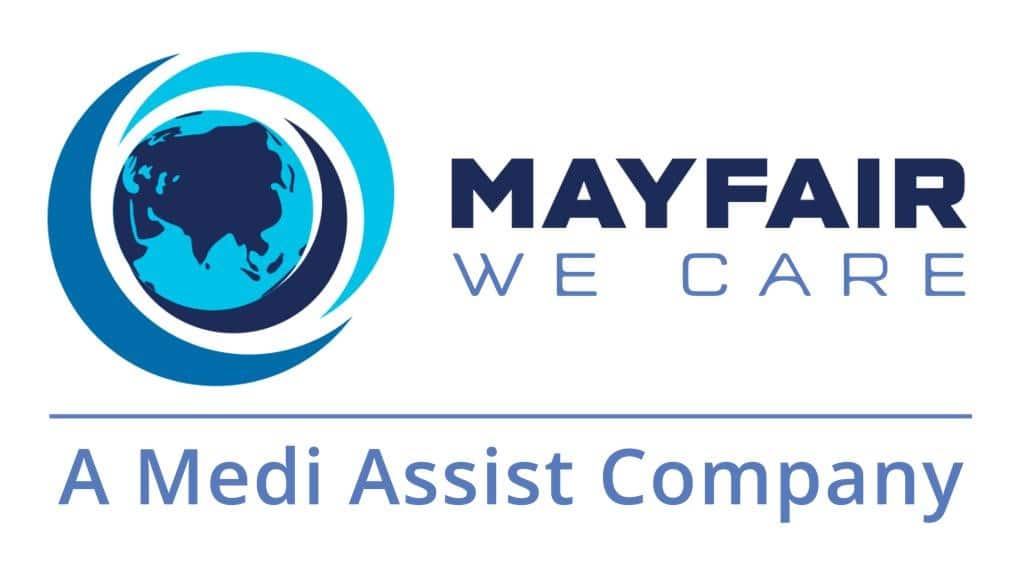Measuring your child’s temperature
You can’t tell accurately if your child has a fever by touching his or her forehead. Fever strips, which are placed on the child’s forehead, are also not accurate. You can take your child’s temperature: orally, rectally or under arm (axillary).
Electronic digital ear thermometers are now becoming more popular and are our recommended choice.
- Be sure you use the correct thermometer. Rectal thermometers are thicker than oral thermometers (the bulb is fatter).
- If you are taking your child’s temperature orally, place the end of the thermometer under the tongue and leave it there for 2 minutes. Don’t let your child bite it. The child must be old enough to cooperate. Often this method is used in children over 4 years of age.
- If you are taking your child’s temperature rectally, coat the tip of the thermometer with petroleum jelly (Vaseline) and insert it half an inch into the rectum. Hold the thermometer still for 2 minutes. Never let go of the thermometer. This method often works best with infants. Some doctors prefer the axillary method for safety reasons.
- Axillary temperatures can be accurate and it is a safe way to take the temperature of toddlers and children under 4 years of age. Place the bulb of a glass thermometer in the child’s armpit and hold the arm
against the child’s body so that the bulb is covered. Keep the bulb in place for at least 3 minutes. - Wash the thermometer in cool, soapy water when done.
- If using a digital ear thermometer, follow the manufacturer’s instructions. Excessive wax in the ear or an ear infection may cause an inaccurate low reading.
What is a normal temperature?
A normal body temperature is about 37°C (98°F) when taken orally (by mouth). Temperatures taken in the ear are approximately the same as oral temperatures. A normal rectal temperature is about 37.5°C (99.5°F). Axilla (armpit) temperatures are about 1 degree lower than oral readings. Temperatures may vary during the day even in healthy children. Many doctors define a fever as an oral temperature over 38°C (100.4°F).
How much medication children need depends on their weight and age – follow the chart on the bottle or your doctor’s prescription. When the age and weight categories on the chart don’t match, use the weight of your child as the main guide. If you have any questions about the right dose for your child, ask your family doctor. Tips on giving medicine:
- Don’t give more than 5 doses in one day
- Don’t give a baby younger than 4 months old any medicine unless instructed by your doctor
- Read labels carefully. Medicines come in different forms: drops, liquid elixir, chewable tablets and caplets. Each form is a different strength
- For liquid elixir, use a liquid measuring device to
make sure that you give the right dose (available from pharmacies or the clinic)
Why not use aspirin to lower your child’s fever?
Aspirin can cause Reye’s syndrome in children who have a viral illness. Reye’s syndrome is a serious illness that can lead to death. Because it may be hard to tell if your child has one of these infections, it’s best not to use aspirin unless your family doctor says it’s okay.
Other ways to help your child feel better:
- Give your child plenty to drink to prevent dehydration (not enough fluid in the body) and help the body cool itself
- Keep your child quiet. Moving around can raise the temperature even more
- Keep the room temperature at about 21°C (70°F) to
23°C (74°F) - Dress your child in light cotton pyjamas so that body heat can escape
- If your child is having chills, put on an extra blanket but remove it when the shivering stops
- Give your baby a sponge bath after giving medication if the fever reaches 39°C (103°F)
When should you call the doctor?
Follow the guidelines below to help decide when to call your doctor, but it’s important to call your doctor whenever you feel that your child needs help or if you have any questions:
Lowering your child’s fever
When should you try to lower your child’s fever?
Fevers are more frightening than they are harmful; they are usually a sign that the body is fighting an infection. The main reason to treat your child is to make him/her feel better.
How much medicine is needed to lower a fever?
Paracetamol is a medicine that relieves pain and lowers fever. It is sold in stores as Calpol or Panadol, as well as other brand names. Tylenol and Tempra contain
acetaminophen, which is chemically similar to paracetamol. Ibuprofen (Nurofen) is also used to relieve fever and pain. As it works via a different mechanism it can be used simultaneously with paracetamol. Ibuprofen should always be given after food.
- Changes in behaviour
- Severe headache
- Earache/pulling at ears
- Constant vomiting
- Constant diarrhoea
- Irritable
- Seizures
- Not hungry
- Skin rash
- Dry mouth
- Sore or swollen joints
- Stomach pain
- Fever comes and goes
- Sore throat
- Unresponsive or limp
- High-pitched crying
Stiff neck - Soft spot on head swells (babies)
- Whimpering
- Pale
- Wheezing/problems breathing

































